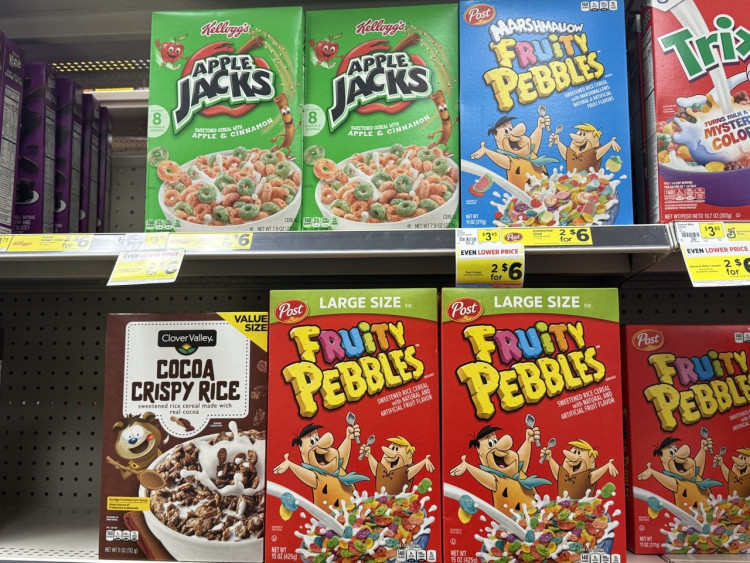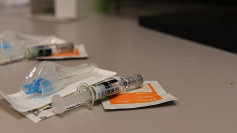Children's breakfast cereals in the United States have become significantly less nutritious over the past decade, according to a new study published Wednesday in JAMA Network Open. Researchers found that newly launched or reformulated cereals from 2010 to 2023 contain higher levels of sugar, fat, and sodium-despite being marketed as healthier options.
The analysis of more than 1,200 cereal products revealed a 34% increase in total fat per serving, a 32% rise in sodium, and an 11% jump in sugar. Meanwhile, levels of protein and fiber, essential for satiety and sustained energy in children, declined.
"What's most surprising to me is that the healthy claims made on the front of these products and the nutritional facts on the back are actually going in the opposite direction," said study co-author Dr. Shuoli Zhao, a professor of agricultural economics at the University of Kentucky.
Many of these cereals are targeted at children between the ages of 5 and 12. According to the U.S. Department of Agriculture, nearly one-third of American children eat cereal daily, but only a minority pair it with fruit or protein-rich foods. Experts warn that the nutritional profile of these cereals could contribute to rising rates of childhood obesity and long-term health risks such as heart disease and diabetes.
The study's co-author, Dr. Qingxiao Li of Louisiana State University, found that competition in the cereal aisle appears to be driving companies to emphasize taste over nutrition. "Manufacturers often rely on added sugar and salt to make products appealing," the report stated.
Front-of-box marketing often misleads parents. Many cereals highlight buzzwords like "whole grain" or "fortified with vitamins," while burying high sugar or sodium content on the back panel. "It reinforces my belief that the food marketplace is very confusing, and that's not by accident," said Josephine Connolly-Schoonen, director of nutrition at Stony Brook Medicine.
Dr. Peter Lurie, president of the Center for Science in the Public Interest, called the findings "extraordinary," adding: "At a time when Americans are becoming more health conscious, a product often marketed as offering a healthy start to one's day is actually getting less healthy."
While U.S. manufacturers such as Kellogg's, General Mills, and Post declined to comment, public health advocates noted that these companies offer healthier versions of the same cereals in countries like Canada and across Europe.
School breakfast programs in the U.S. have improved due to a 2010 federal law mandating stricter nutrition standards. According to the School Nutrition Association, new limits on sugar in school cereals take effect this summer, with even tougher rules coming by 2027.
Diane Pratt-Heavner, a spokesperson for the group, said, "If we're encouraging kids to eat healthier at school, then we want them to be eating healthier at home too."
The gradual shift in cereal formulas over more than a decade has made it difficult for consumers to track these changes. Packaging updates tend to attract more attention than ingredient lists, which often leaves families unaware of how much sugar and sodium has been added over time.
Researchers urged companies to improve transparency and reformulate products by adding whole grains, nuts, or seeds, and by placing clear warnings on the front of packaging.






